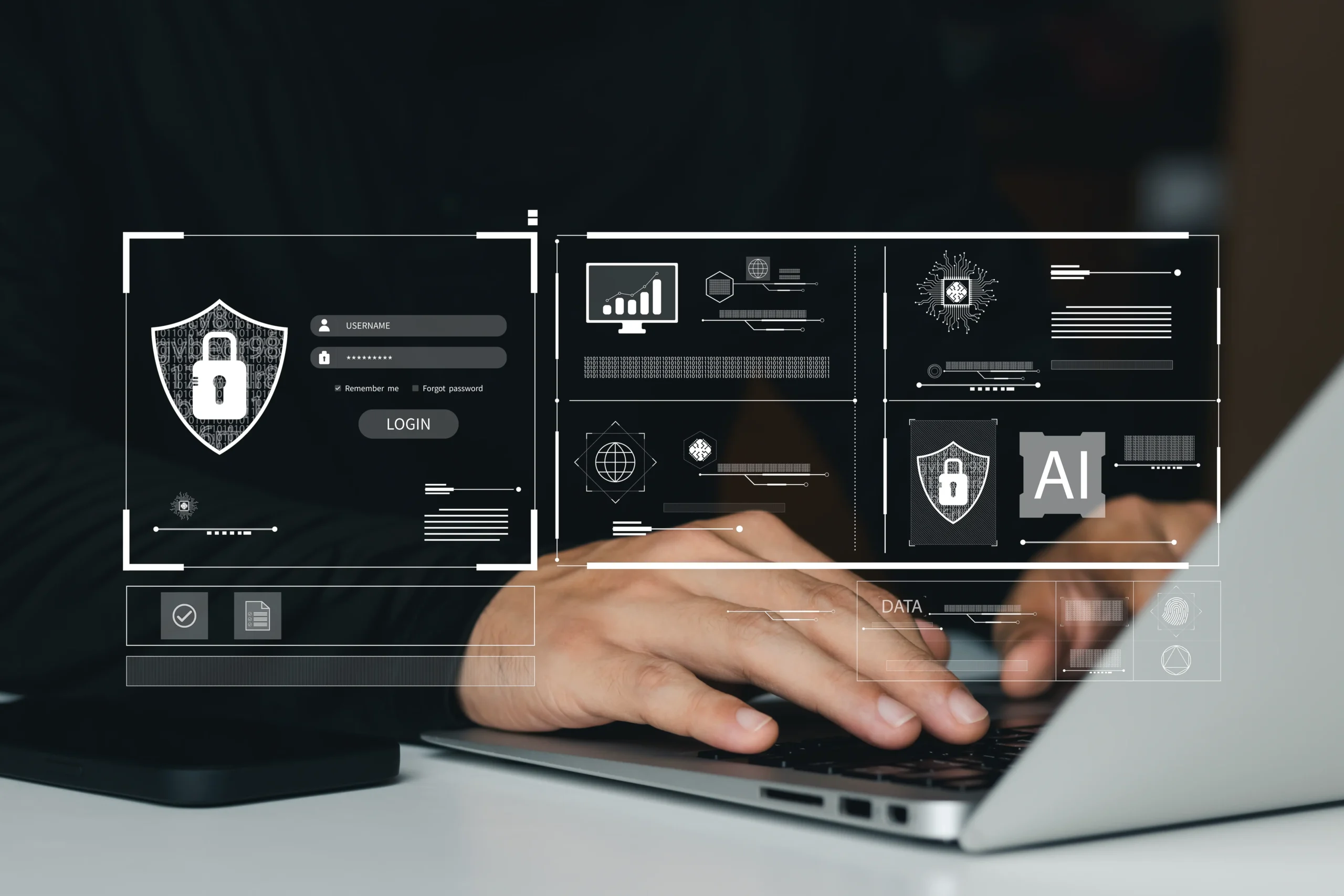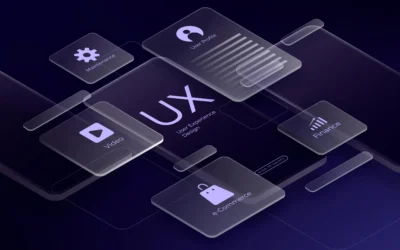As the world grapples with ever-evolving online threats, cybersecurity is no longer just about protecting networks and data; it’s about building trust and confidence. In 2025, the way cybersecurity companies position themselves has shifted dramatically, entering a new era of branding that prioritizes transparency, user education, and human-centric messaging. Let’s explore how the future of cybersecurity branding is taking shape and what it means for companies looking to stand out in an increasingly competitive market.
1. Building Trust as the Core of Branding
In an age where data breaches dominate headlines, trust has become the most valuable commodity in cybersecurity. Consumers and businesses alike are growing more skeptical about how their data is handled. Cybersecurity companies must go beyond technical jargon to communicate security in relatable, straightforward language. Branding strategies in 2025 center around creating a sense of safety and reliability, with a strong emphasis on transparency. Open communication about security protocols, certifications, and even past incidents builds credibility and fosters genuine trust.
2. The Rise of Human-Centric Messaging
The days when cybersecurity branding relied heavily on fear-driven messaging are fading. While it’s important to highlight risks, modern branding focuses on empowering users rather than scaring them. Cybersecurity companies are leveraging storytelling techniques to connect emotionally with their audience. Campaigns now emphasize solutions that protect families, businesses, and communities, painting a picture of security as empowerment rather than just a reaction to threats. This human-centric approach is helping companies develop stronger, more memorable brand identities.
3. Visual Identity Revolution
In 2025, the visual identity of cybersecurity brands is undergoing a transformation. Gone are the days of generic locks and shields dominating logos and websites. Instead, companies are embracing clean, approachable, and technology-forward designs that convey strength without appearing intimidating. A focus on UX/UI design is also critical, ensuring that online platforms are intuitive and user-friendly. Cybersecurity businesses that invest in design innovation will have the edge in capturing attention and securing loyalty.
4. Education as a Branding Tool
Educational content has become a cornerstone of cybersecurity branding. Consumers and businesses are seeking not just products, but knowledge on how to stay safe online. Thought leadership blogs, webinars, and interactive tools are increasingly being used as branding assets. Companies that position themselves as educators build authority and foster long-term relationships with their audience. In 2025, cybersecurity branding is as much about empowering stakeholders as it is about delivering solutions.
5. Sustainability and Ethics in Cybersecurity
As environmental and ethical concerns influence purchasing decisions, cybersecurity brands are incorporating sustainability into their narratives. From reducing energy consumption in data centers to implementing ethical AI practices, companies are aligning their values with those of their audience. A strong ethical stance is no longer optional—it’s a key part of branding that resonates with modern consumers.
Conclusion
The cybersecurity industry in 2025 is no longer just about technology; it’s about connection, empowerment, and shared values. Brands that prioritize trust, transparency, and human-centric messaging while embracing visual innovation and educational initiatives will lead the way in an era where security and branding are inextricably linked. The future is bright—and secure—for those who adapt to this evolving landscape.















